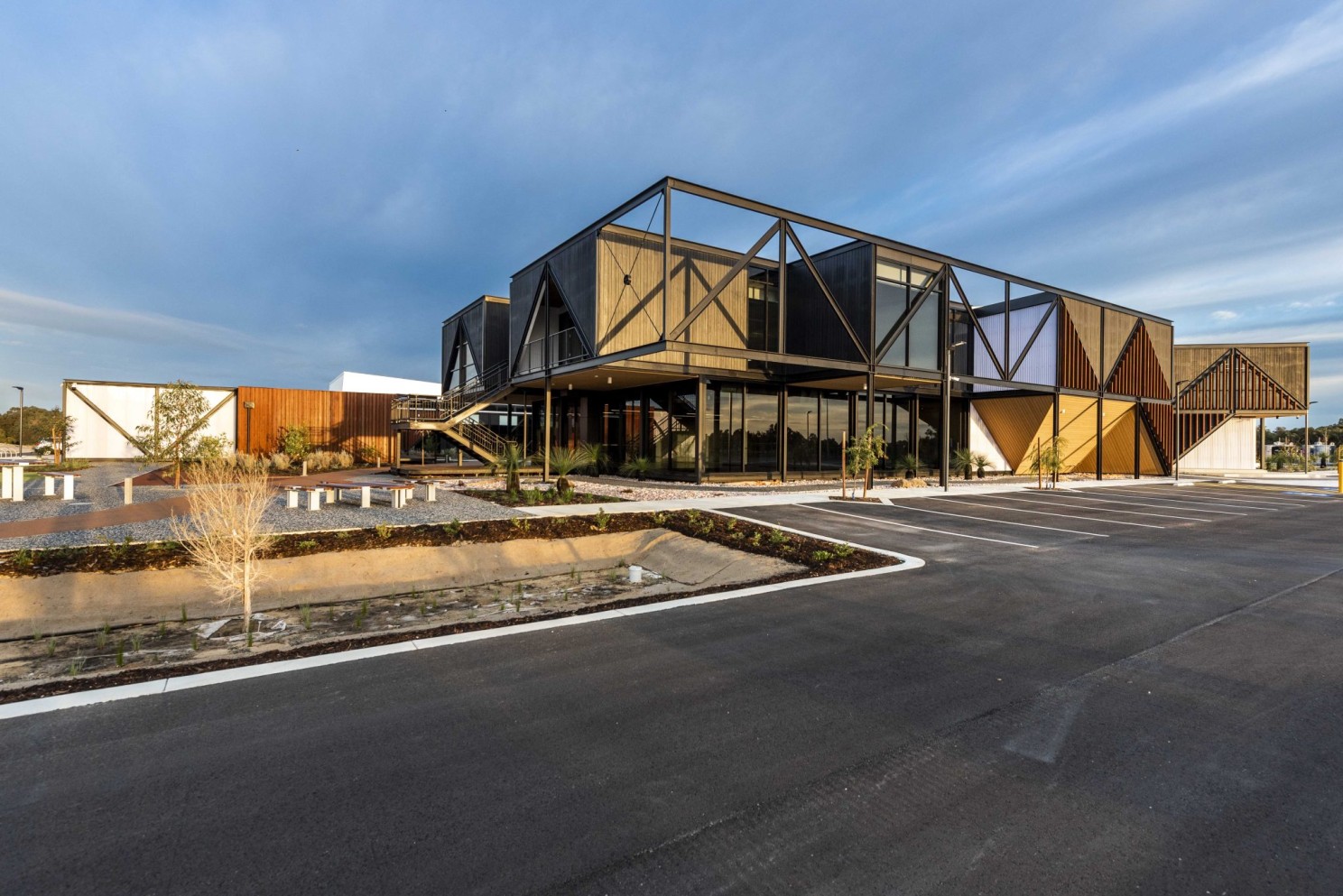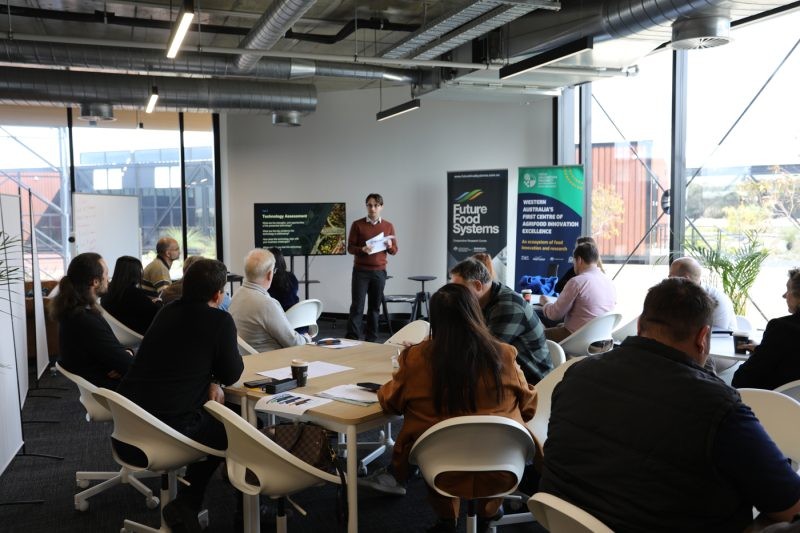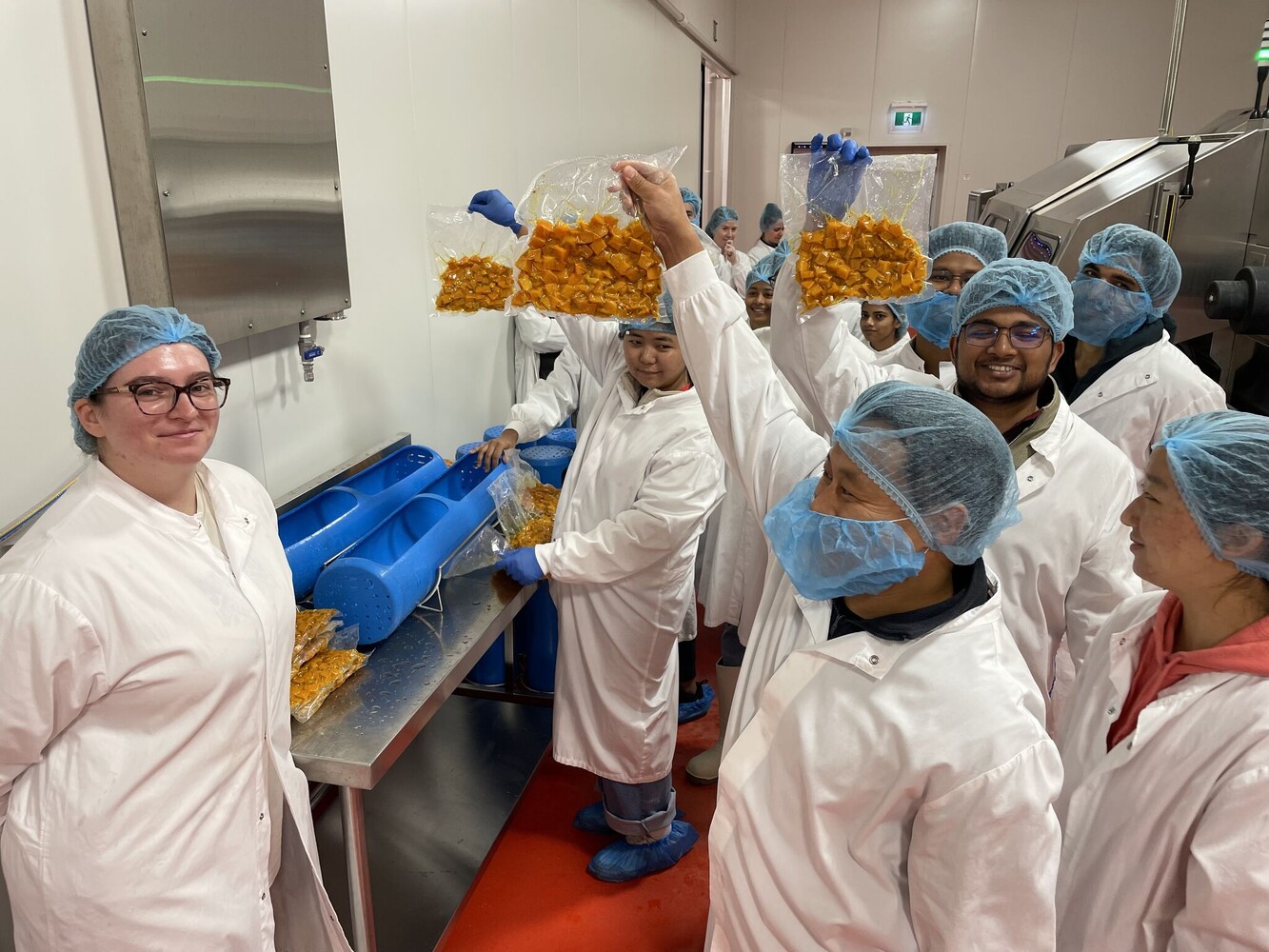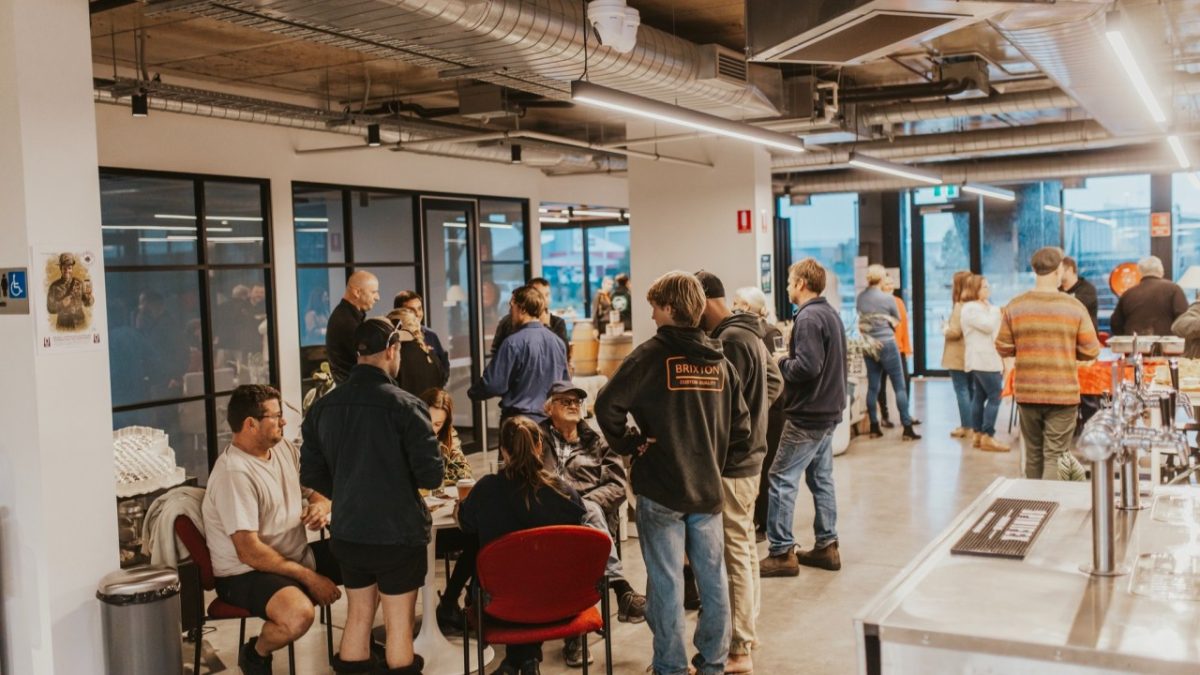We hear a lot about “innovation precincts” these days. Every region seems to want one, and every strategy document seems to reference them. And for good reason: innovation precincts can be powerful drivers of economic growth, collaboration, and industry transformation.
The simple version of the story is this: put businesses, researchers, entrepreneurs, and government agencies in the same place, and good things happen. Co-location lowers barriers. It encourages informal connections. It creates visibility.
But that’s only the beginning. If we stop at co-location, we miss the real potential. Innovation precincts are at their best when they become ecosystems – dynamic environments where collaboration doesn’t just happen occasionally, it is built into the very fabric of the place.
Beyond sharing a postcode
You can pack dozens of businesses into a precinct and still have silos. People can walk into the same building every day without ever interacting. The value of innovation precincts isn’t just about proximity, it’s about what happens inside those spaces.
Successful innovation precincts are deliberately curated. They don’t leave collaboration to chance. They’re designed with intent. Think of shared laboratories where multiple companies test ideas side by side. Think of cafés and breakout areas that make spontaneous conversations possible. Think of governance structures that incentivise collaboration, rather than guarding knowledge.
The goal is to create conditions where sparks fly. A food technologist bumping into a packaging designer. A researcher chatting with a farmer. A start-up founder swapping insights with a global processor. These moments, seemingly incidental, can become the seeds of innovation.
And over time, as these interactions multiply, a culture forms. The precinct stops being just a location and becomes an ecosystem – a place where innovation flows as naturally as conversation.
Different pathways: Greenfield and re-activated
Not all innovation precincts are born in the same way. Some are greenfield developments – purpose-built, designed for innovation from day one. The Food Innovation Precinct Western Australia (FIPWA) is a great example. From its inception, it was designed not just as a cluster of buildings, but as a platform for collaboration. Infrastructure, governance, and engagement mechanisms were baked in from the start.
Greenfield precincts have the advantage of a clean slate. They can be ambitious and visionary. They can design out silos before they even form. They can shape their culture from the beginning.
But equally important are the precincts that are “re-activated.” These are existing economic or industrial zones that reinvent themselves with an innovation focus. They may start as business parks, manufacturing hubs, or even under-utilised urban districts. Over time, by introducing research partners, shared facilities, and new networks, they transform into thriving innovation ecosystems.
Re-activated precincts bring a different kind of value. They are grounded in existing industry strengths. They leverage established supply chains and infrastructure. They prove that innovation doesn’t have to mean starting from scratch – it can also mean reinventing what is already there.
The choice between greenfield and re-activated isn’t an either/or. Both approaches are vital. Greenfield precincts give us the agility to build for the future. Reactivated precincts give us resilience by breathing new life into the present.

FIPWA – Stake Hill, WA
The synergies that multiply
When precincts truly work as ecosystems, the benefits multiply – and not just for the organisations inside them.
For businesses, innovation precincts mean access to shared talent pools, specialised facilities, and new networks. Instead of trying to do everything alone, companies can tap into the expertise and resources around them.
For researchers, innovation precincts create faster and clearer pathways to industry application. Discoveries move from the lab to the marketplace more quickly. Partnerships become easier to form. Impact becomes more tangible.
For local communities, innovation precincts bring jobs, skills, and vibrancy. They attract investment, support local suppliers, and create services that flow beyond the precinct boundaries.
And for governments, innovation precincts deliver better returns on investment. By concentrating resources and encouraging collaboration, they amplify economic, social, and environmental outcomes.
The synergies extend even further. Once an innovation precinct achieves a “critical mass” of participants, momentum builds. Each success story attracts new players. Each collaboration strengthens the ecosystem. Innovation stops being an abstract policy ambition and becomes an experienced reality.
Culture, not just concrete
It’s tempting to think of precincts in terms of buildings and infrastructure. And yes, those things matter. But the real success factor is culture.
An innovation precinct succeeds when it builds a culture of openness, collaboration, and shared purpose. That means setting expectations that knowledge is to be shared, not hoarded. It means rewarding partnerships, not just individual wins. It means creating governance structures that represent all voices – from start-ups and SMEs through to universities and corporates.
In short, the culture of an innovation precinct is the difference between a collection of tenants and a living ecosystem. And it is culture, more than concrete, that sustains long term innovation.

Dr James Krahe
The research journey continues
At FFS, we continue to explore and research precinct models – studying how they are formed, governed, and activated, and what conditions allow them to succeed. But the story is still unfolding. There is no single blueprint, and no universally agreed model of what makes an innovation precinct thrive.
What we do know is that more work is needed. We need additional models, more case studies, and deeper comparative analysis to truly understand how precincts function in different contexts. The interplay between geography, industry structure, governance, and culture is complex, and we’re only beginning to map it out.
In time, we will learn more about what’s needed to optimise these regions. We will identify the levers that accelerate collaboration, the barriers that stifle it, and the policies that enable precincts to evolve into sustainable ecosystems. But in the present, the most important thing we can do is maintain belief.
We can’t afford to lose faith in the potential of innovation precincts simply because the models are still maturing. Ecosystems take time to grow. They require persistence, patience, and trust in the process. If we hold that faith, the benefits they will uncover for industries, communities, and economies will be worth the wait.

Murdoch University students using SIFT
Innovation as a team sport
This is where the analogy to sport becomes useful. I often say innovation is a team sport. No one wins the game alone. An innovation precinct is like a playing field where the team assembles – researchers, entrepreneurs, corporates, investors, governments. They each have different skills and roles, but the goals are shared.
But ecosystems take it further. They don’t just bring the players together – they bring in the crowd. They turn innovation into a spectator team sport.
The wider ecosystem – communities, local businesses, families – becomes the supporters in the stands. They cheer the wins. They celebrate the breakthroughs. They give social licence and encouragement when the game gets tough. They become emotionally invested in the success of the team.
And just like in sport, that support matters. It fuels belief. It builds resilience. It helps players push through setbacks. An innovation precinct with an engaged ecosystem doesn’t just innovate for its own sake, it innovates in a way that brings people along for the journey.
Looking ahead
As Australia looks to build more sustainable and resilient industries, innovation precincts will be central to the story. They are not just “places” but platforms. They are not just clusters of buildings but ecosystems that connect people, ideas, and industries.
Some will be greenfield, like FIPWA. Others will be reactivated from existing precincts. Both pathways are valid, and both will be needed. But in every case, success will depend on moving beyond co-location into genuine co-creation.
Because innovation, at its heart, is not an individual pursuit. It is a team effort. And when precincts and ecosystems come together, they make it a team sport that the whole community can be part of.
That’s the real promise of innovation precincts. Not just new buildings. Not just new strategies. But new movements, with players on the field, supporters in the stands, and a shared vision of what’s possible when we all play together.


